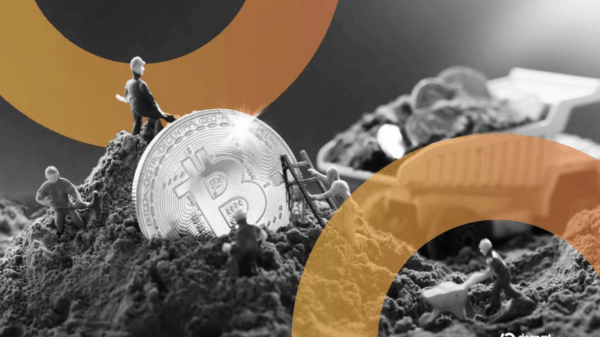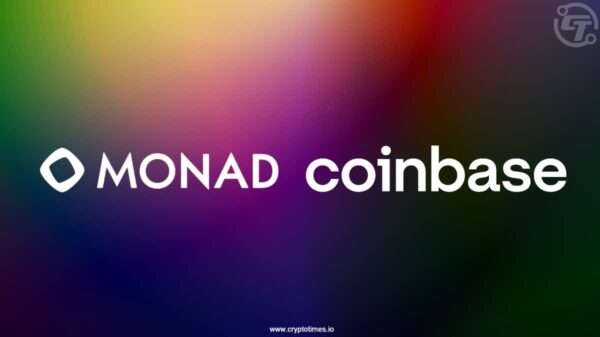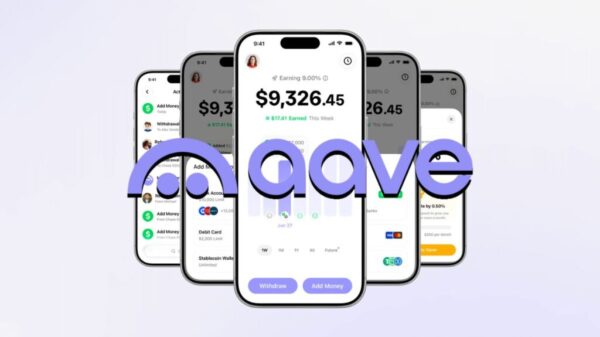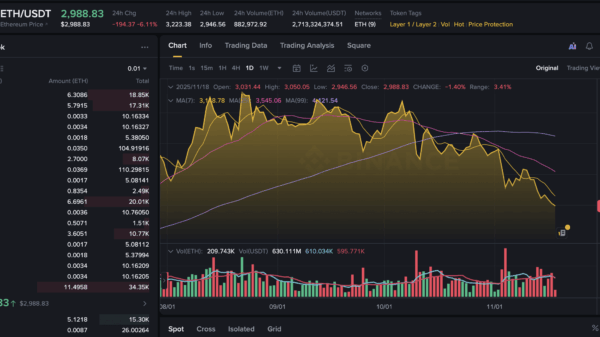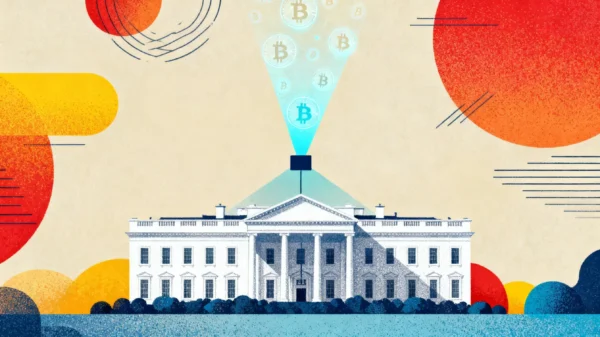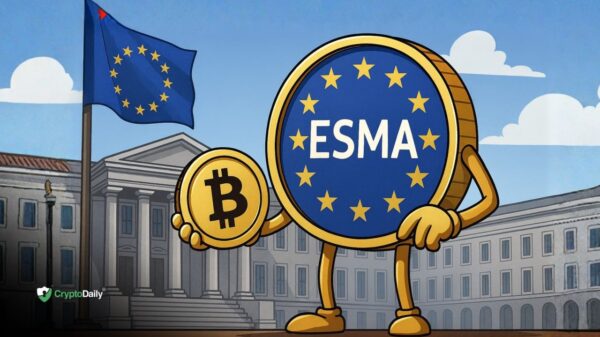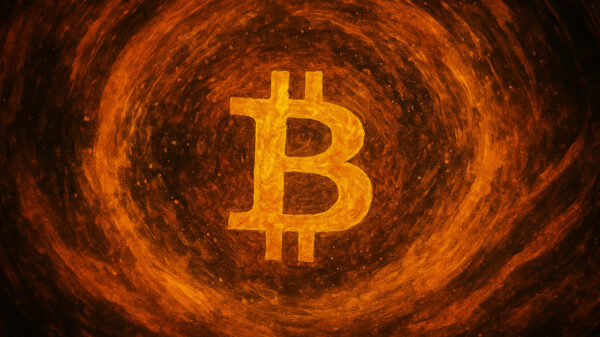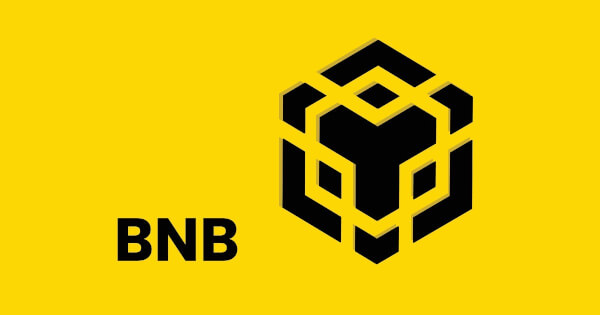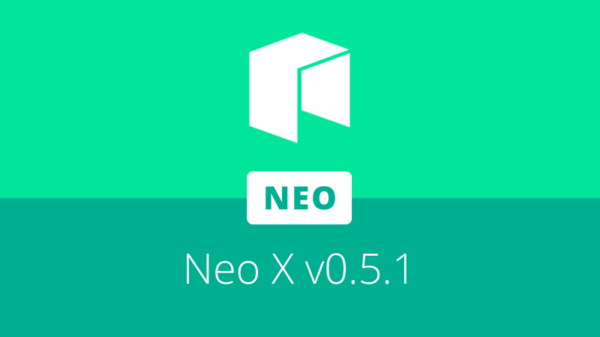JPMorgan Chase & Co. has officially introduced JPM Coin, its long-awaited deposit token aimed at institutional clients. This innovative token represents U.S. dollar deposits held at the bank and facilitates real-time, 24/7 dollar transfers through Base, a public blockchain linked to Coinbase.
The launch of JPM Coin marks a significant advancement for a leading traditional bank venturing into the digital asset realm. It underscores the growing inclination of major financial institutions to embrace blockchain technology as part of their core operations. Reports indicate that the deployment of JPM Coin follows successful pilot programs conducted with prominent partners, including Mastercard, Coinbase, and B2C2.
Notably, Coinbase has confirmed its willingness to accept JPM Coin as collateral, which allows for liquidity operations and various transactions on its platform. This means that the token serves not only as a representation of bank deposits but also as an active tool within broader digital finance activities. The development exemplifies the close integration of traditional banking and blockchain technology.
Naveen Mallela, co-head of JPMorgan”s Kinexys blockchain division, elaborated on the functionality of the token, stating that JPM Coin enables users to send and receive funds almost instantaneously. This is a stark contrast to conventional bank transfers, which can take several days to complete. By utilizing JPM Coin, institutions can enhance the speed and availability of their transactions.
The integration with Base ensures that these transactions occur around the clock, significantly improving the efficiency of institutional payments. As a result, large sums of money can be transferred more quickly, securely, and transparently. Moreover, JPM Coin boasts additional advantages; unlike typical stablecoins, it is backed by actual bank deposits, which could make it potentially interest-bearing. This characteristic provides corporations, banks, and broker-dealers not only with the benefit of swift transfers but also with the possibility of earning financial yields from holding tokenized deposits.
Furthermore, since JPM Coin is issued by a regulated banking entity, it adheres to all banking regulations and may qualify for deposit insurance, offering a secure alternative to unregulated digital assets. Looking forward, JPMorgan plans to expand the use of JPM Coin to its existing institutional clients. There is also consideration for a euro-denominated version, tentatively named JPME, pending regulatory approval. This expansion aligns with the bank”s ambitions to establish a global tokenized settlement network.
The introduction of JPM Coin places JPMorgan alongside a growing number of institutions exploring blockchain payment solutions. Other significant players, such as Citigroup, Banco Santander, Deutsche Bank, and PayPal, are also evaluating similar strategies to enhance transaction speed and cost-effectiveness. Additionally, central banks are testing deposit tokens, including initiatives from the Bank of Korea, as a response to the rising influence of private stablecoins.
In summary, JPM Coin exemplifies a broader trend of traditional financial institutions adopting blockchain technology to modernize payment infrastructures. By creating a seamless connection between conventional banking systems and distributed ledger technologies via public blockchains, JPMorgan demonstrates that regulated tokenized deposits can provide both speed and security.










